Europe
Russian parliament bosses to discuss revoking ratification of nuclear test ban treaty
After President Vladimir Putin raised the prospect of Russia resuming nuclear testing for the first time in more than three decades, the heads of the Russian parliamentary body will debate withdrawing ratification of the treaty forbidding such tests on Monday.
The commencement of a new nuclear arms race between the major countries who suspended nuclear testing in the years following the fall of the Soviet Union in 1991 may be signaled by Russia, the United States, or China restarting their nuclear tests.
Putin stated on Thursday that Moscow did not need to update its nuclear policy, which outlines the circumstances under which he would detonate a nuclear weapon. Still, he was not yet prepared to decide whether testing should restart.
The head of the Kremlin said that since the US had signed the CTBT but not ratified it, Russia may consider rescinding its ratification.
Vyacheslav Volodin, the head of Russia’s legislature and the main body responsible for organizing the country’s legislative process, announced that he would bring up the issue at the upcoming meeting of the Duma Council.
On Monday, it will convene at 4 p.m. (1300 GMT).
Asserting that Moscow will withdraw its endorsement of the agreement on Friday, Russia’s representative to the Comprehensive Nuclear Test Ban Treaty Organization (CTBTO) was blasted by Washington as imperiling “the global norm” against nuclear test explosions.
The proliferation of nuclear bomb tests during the Cold War, in the opinion of some scientists and activists, showed the foolishness of nuclear brinksmanship that may ultimately wipe out humanity and poison the world for hundreds of thousands of years.
Atomic testing
But while China works to increase its nuclear arsenal to match its standing as a growing superpower, the Ukraine war has increased tension between Moscow and Washington to its greatest level since the Cuban Missile Crisis of 1962.
Russia is warning the United States by rescinding the ratification that it can radically alter nuclear planning practices after the Cold War.
Eight specific holdouts are still required to sign and ratify the CTBT, which 178 nations have already approved after 187 nations signed it.
Israel, the United States, China, Egypt, Iran, and others have signed it. Pakistan, North Korea, and India have not ratified.
The United States last conducted a test in 1992, and the Soviet Union in 1990. Russia has never done so despite receiving the majority of the Soviet Union’s nuclear weapons. However, there are indications that the testing could restart.
According to a CNN report last month, satellite photographs revealed increased activity at nuclear test sites in China, Russia, and the United States. The Washington Post reported in 2020 that the Trump administration had spoken about conducting nuclear tests.
Since the CTBT, ten nuclear tests have been conducted. According to the United Nations, North Korea conducted tests in 2006, 2009, 2013, 2016 (twice), and 2017, while India and Pakistan each carried out two in 1998.
Europe
Riots erupt in Dublin after children stabbed
Three small children were among the five persons hurt in a knife assault in Dublin on Thursday. The incident, which triggered rioting in the city center and for which the police have not yet ruled out any reason, including the possibility that it was tied to terrorism, injured a total of five people.
After conflicts between riot police and anti-immigrant protestors, who arrived at the scene of the attack next to the main thoroughfare of O’Connell Street, public transportation was halted, and patients were urged not to travel to a nearby maternity hospital unless it was essential. The incident took place alongside the main thoroughfare of O’Connell Street.
In front of the statue of Daniel O’Connell at the top of the street, a double-decker bus was torched to the ground, and windows of a nearby Holiday Inn hotel and McDonald’s restaurant were damaged. A Footlocker store was broken into and pillaged.
“These are shameful events that have taken place. After sending 400 police to restore public order, Police Commissioner Drew Harris told reporters, “We have a complete lunatic, hooligan faction driven by far-right ideology engaged in serious violence.”
In addition, a police car was destroyed by the fire.
The city of Dublin has nearly never seen violence on this scale. Although no far-right groups or MPs are elected to parliament, there has been a steady increase in the size of anti-immigrant demonstrations over the last year. Following a recent demonstration that forced members to take shelter inside, the administration is reevaluating the security around parliament.
Harris contradicted a senior official who had previously informed reporters that police were convinced the event was not tied to terrorism by saying that all lines of inquiry related to the attack remained open. Harris added that all lines of inquiry related to the attack remained open.
“I am not going to speculate any further about the possible motivations of terrorists. He says, “We have to keep an open mind as to why this happened as long as we don’t know for certain what the motivation is.”
A young girl, aged five, was sent to the hospital for urgent care after suffering life-threatening injuries as a result of the stabbing. Police have stated that they are not seeking any additional suspects after they made an arrest involving a guy in his late 40s who was also being treated for severe injuries.
Shortly after 13:30 local time, the individual is believed to have attacked many persons in Parnell Square in Dublin, according to the police. Several members of the general public stepped in to stop the assault when it was still in its early stages.
A lady in her 30s was also being treated for critical injuries, while the two other children, a boy aged five and a girl aged six, received less severe injuries. The woman in her 30s was also being treated for severe injuries. The medical staff decided to release the youngster from the hospital.
“There was complete and utter pandemonium, women wailing, men screaming and crying,” Anthony Boyle, 31, an IT consultant who lives on the road and was passing by, told Reuters. Boyle lived on the road and was traveling through the area.
DIVIDING THE SOW
A group of perhaps fifty anti-immigrant demonstrators managed to temporarily break over a police barrier while the location was still being cordoned off shortly before 1800 GMT. Some of the protesters yelled, “get them out,” and one of them removed the wing mirror from a police car. One was covered in an Irish flag from head to toe.
As soon as the riot police with their helmets and shields were in place, an enormous mob started hurling things and launching fireworks at them, which caused the unrest to spiral out of hand quickly. At around 2100 GMT, the masses started to disperse.
The police declined to answer when asked about the man’s nationality while in custody.
Ireland’s population of 5.3 million had its second-highest level of net migration since records began being kept in the 12 months leading up to April. Additionally, about 100,000 Ukrainian refugees have come to Ireland since Russia invaded their country, which is among the highest per capita in the EU.
According to Justice Minister Helen McEntee’s statements to the press, “there is a group of people who are using this appalling attack to sow division.” Thugs and criminals are responsible for this attack.
“The Gardai (police) are employing every kind of force to restore order. This behavior will not be permitted in any form.
Europe
Russia’s Shoigu accuses the West of seeking to expand the Ukraine war to the Asia-Pacific.
According to Russian official media, Russian Defense Minister Sergei Shoigu stated that the West intends to take the war in Ukraine to the Asia-Pacific area. He made these remarks on Monday at a defense event in Beijing.
According to reports from Russia’s TASS news agency, Shoigu claimed that NATO is concealing a force buildup in the Asia-Pacific region by using an “ostentatious desire for dialogue” at the Xiangshan Forum, China’s most significant military diplomacy event.
According to Shoigu, NATO members are stepping up their military presence in the area and holding larger-scale and more frequent drills, encouraging an arms race.
According to Shoigu, American forces would utilize intelligence sharing on missile launches with Seoul and Tokyo to dissuade China and Russia. Additionally, he charged that Washington was attempting to justify “humanitarian interventions” by using natural catastrophes and climate change.
New security blocs like the Quad and AUKUS, according to Shoigu, are undermining the influence of the Association of Southeast Asian Nations (ASEAN) and regional efforts to prevent nuclear proliferation.
However, he clarified that Russia was not reducing its bar for the use of nuclear weapons and that its decision to withdraw its ratification of the Comprehensive Nuclear Test Ban Treaty did not signal the end of the pact.
Shoigu stated, “We are only seeking to restore parity with the United States, who have not ratified this treaty,” according to the Russian news agency RIA. “We are not talking about its destruction.”
Shoigu stated that while Moscow was prepared to negotiate a post-conflict settlement of the Ukraine problem based on continued “co-existence” with the West, Western nations should give up, hoping Russia would lose strategically.
Shoigu stated: “It is also important to ensure equal relations between all the nuclear powers and permanent United Nations Security Council members who carry special responsibility for upholding peace and global stability.” This made it evident that the circumstances for such discussions were not yet in place.
Europe
U.S. says it is ‘concerned’ about Hungary’s relationship with Russia
On Friday, the U.S. Embassy in Budapest stated that the U.S. worries about Hungary’s ties to Russia and considers Prime Minister Viktor Orban’s choice to meet with Putin “troubling.”
On Tuesday’s margins of the Belt and Road Forum in Beijing, Orban and Putin had a private meeting. Since Russia invaded Ukraine on February 24, 2022, he is the only head of state from a member of the European Union to attend the event or meet Putin.
According to a statement by the U.S. ambassador to Hungary, David Pressman, “the United States is concerned about Hungary’s relationship with Russia.”
The pressman stated this week on X that “Hungary’s leader chooses to stand with a man whose forces are responsible for crimes against humanity in Ukraine, and alone among our allies.”
Hungary, a NATO member receiving most of its crude oil and gas from Russia, has vetoed many E.U. measures to aid Ukraine in fending off Russian soldiers.
During their discussion in Beijing, Orban informed Putin that Hungary was working to restore bilateral ties and had never intended to oppose Russia.
According to Radio Free Europe, the ambassadors of NATO nations and Sweden in Budapest met after Orban’s meeting to discuss their worries over Hungary’s growing reconciliation with Moscow.
Balazs Orban, Orban’s top political assistant, responded to the U.S. criticism by stating that Hungary was “fed up” with the ambassador’s “hypocrisy” in a post on X earlier this week.
Hungary’s procrastination on the acceptance of Sweden’s NATO membership has strained ties with Washington during the last year.
-
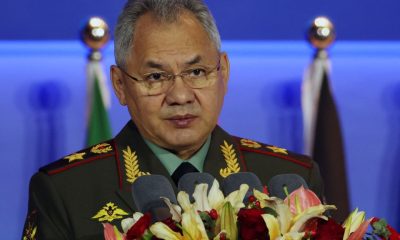
 Europe5 months ago
Europe5 months agoRussia’s Shoigu accuses the West of seeking to expand the Ukraine war to the Asia-Pacific.
-
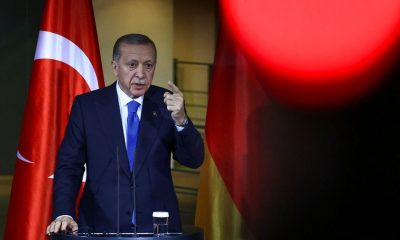
 Geopolitics & Foreign Policy4 months ago
Geopolitics & Foreign Policy4 months agoTurkey’s Erdogan says he may visit Egypt soon, discuss Gaza patients -media.
-
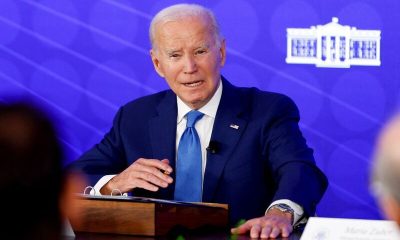
 America6 months ago
America6 months agoRepublican US House to hold first Biden impeachment inquiry hearing
-

 Geopolitics & Foreign Policy4 months ago
Geopolitics & Foreign Policy4 months agoRussia deploys new nuclear missile in Kaluga region – RIA
-

 Geopolitics & Foreign Policy4 months ago
Geopolitics & Foreign Policy4 months agoCeasefire takes hold in Gaza ahead of hostage release; aid enters enclave.
-
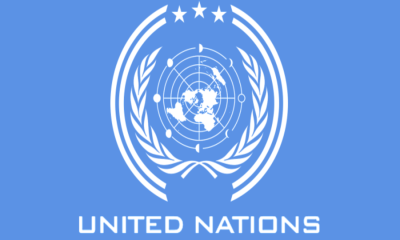
 Global Issues & Cooperation6 months ago
Global Issues & Cooperation6 months agoHuman rights in Russia have ‘significantly deteriorated’ – UN expert.
-

 Gender, Sexuality & Identity6 months ago
Gender, Sexuality & Identity6 months agoGreenland women ask Denmark for compensation over involuntary birth control.
-

 TECH4 months ago
TECH4 months agoAustralia to amend laws to regulate digital payments like Apple and Google Pay.




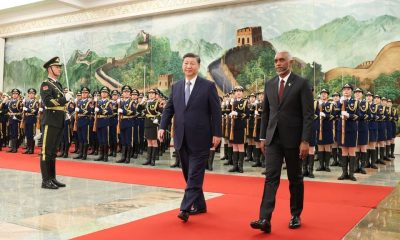

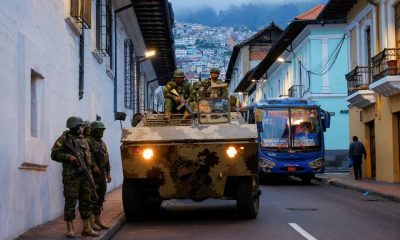

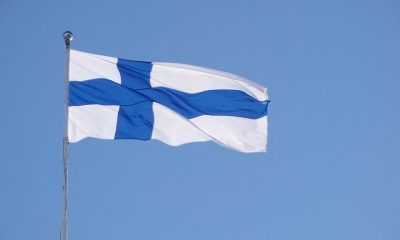

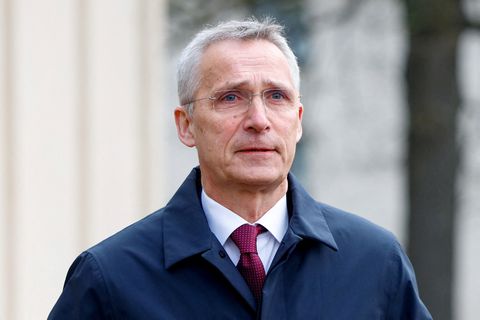
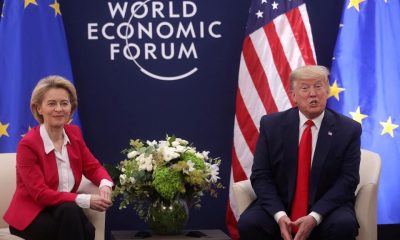



lumsefoMal
March 29, 2024 at 6:43 am
Your comment is awaiting moderation.
СЕО Форум Вебмастеров – сообщество ( форум ) вебмастеров, онлайн манимейкеров, фрилансеров и т.д.